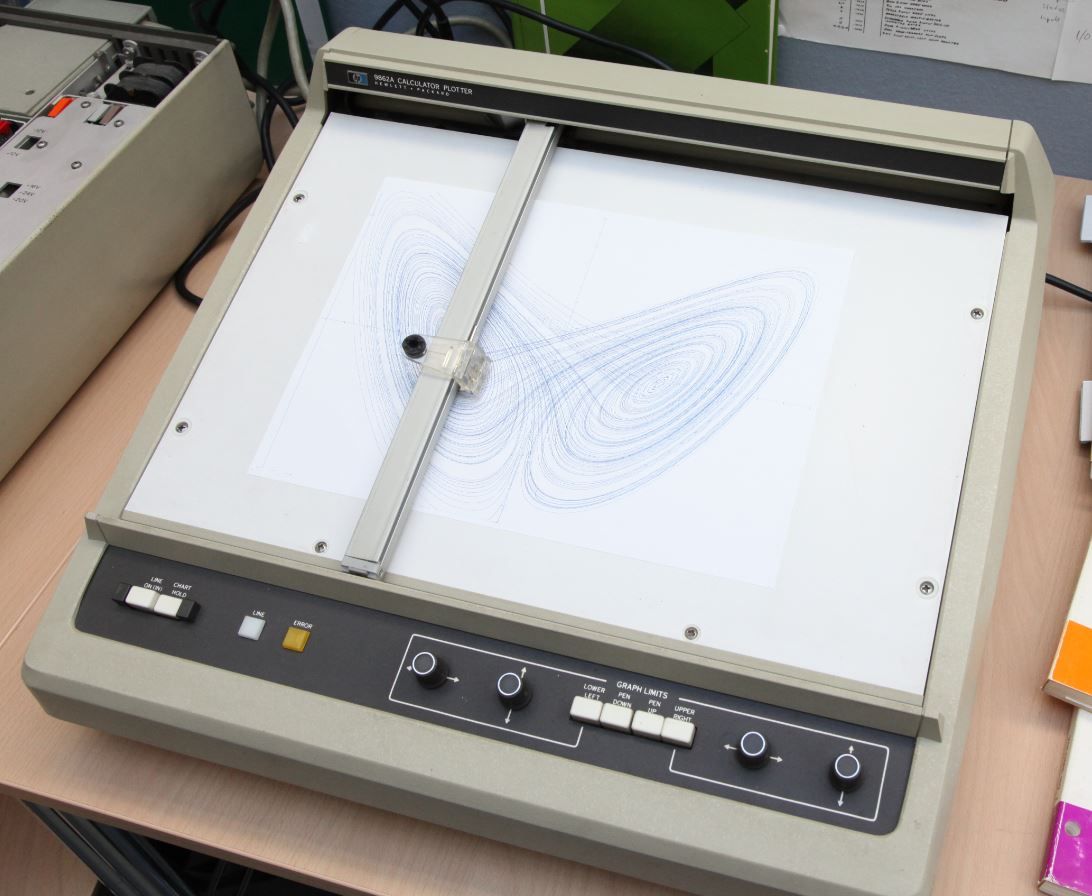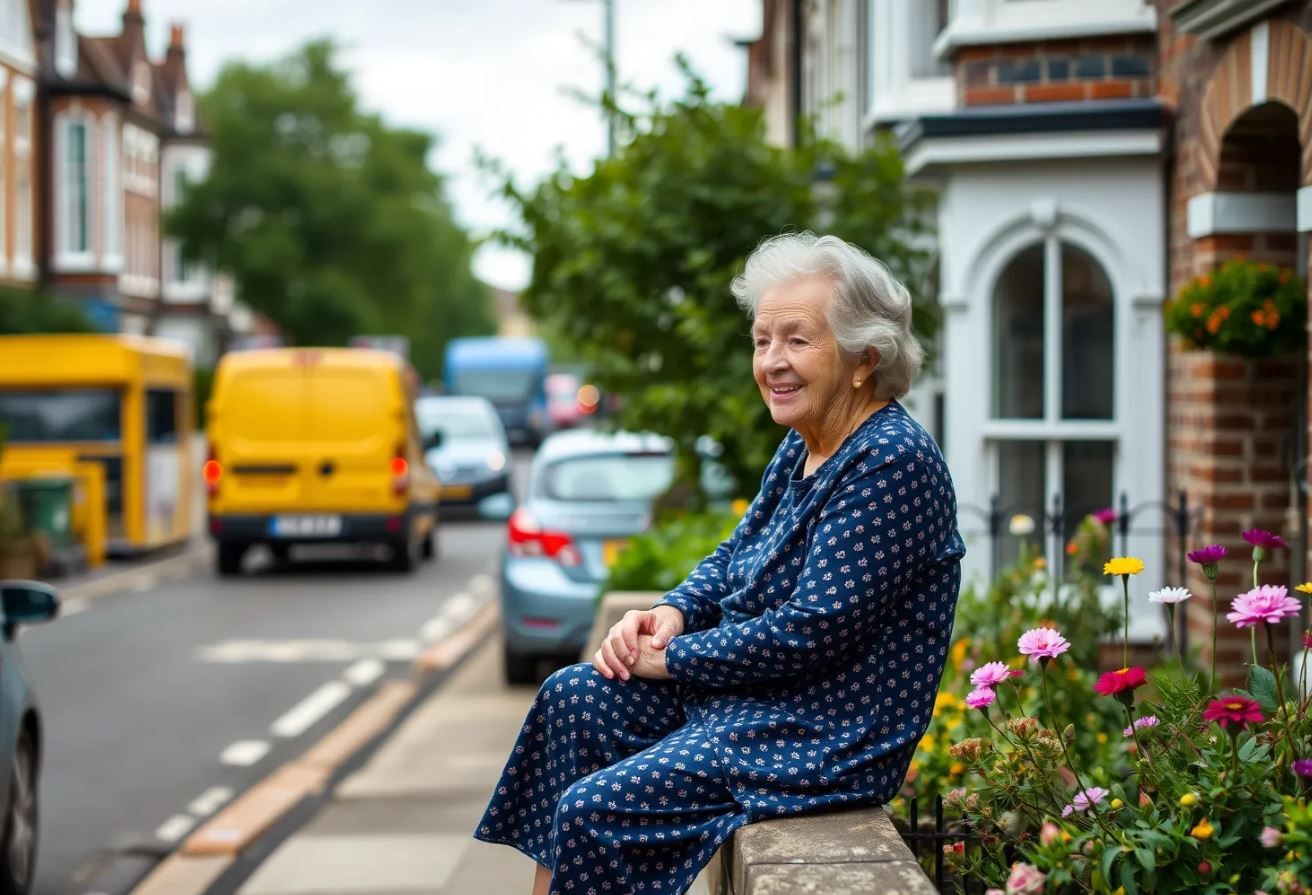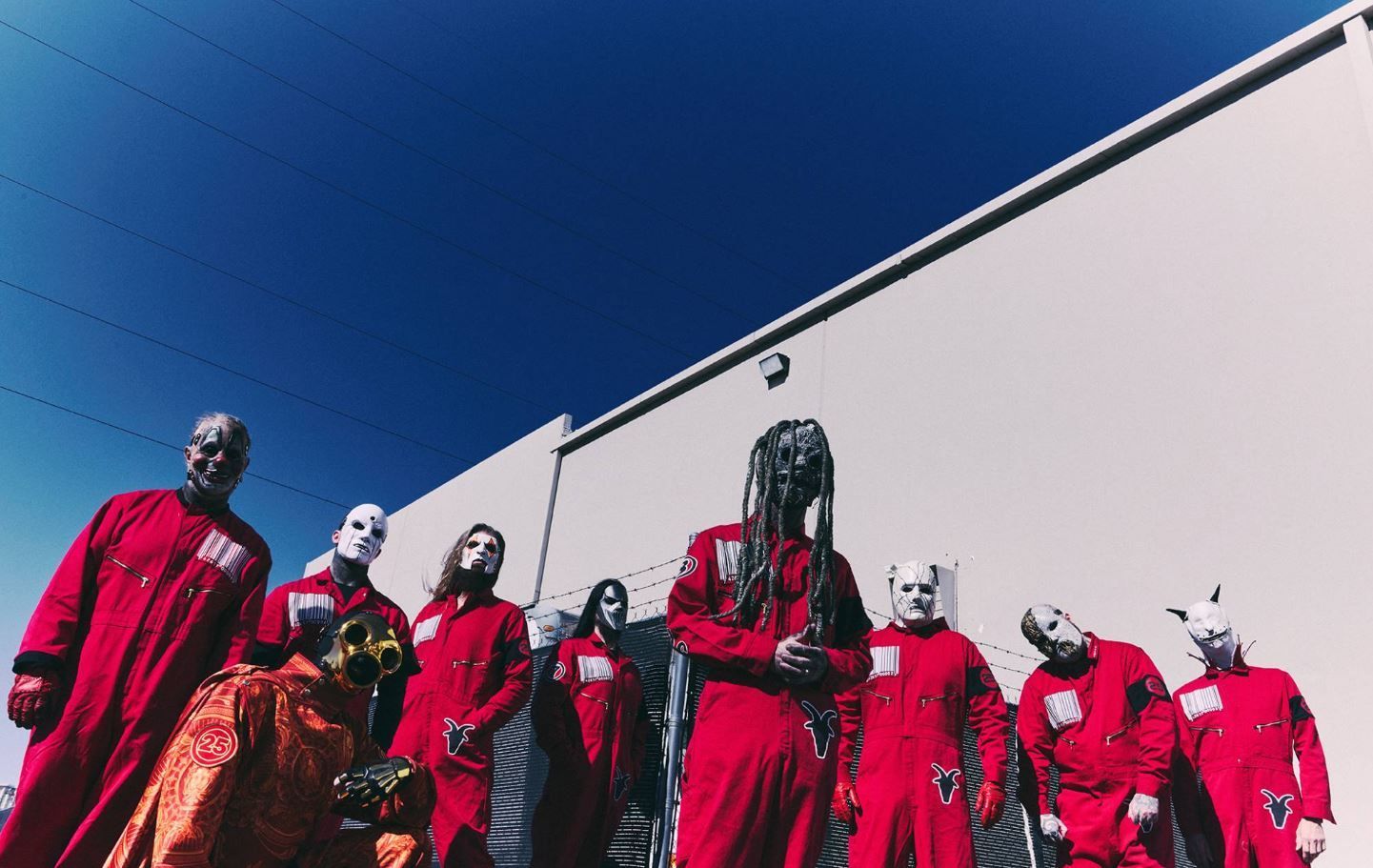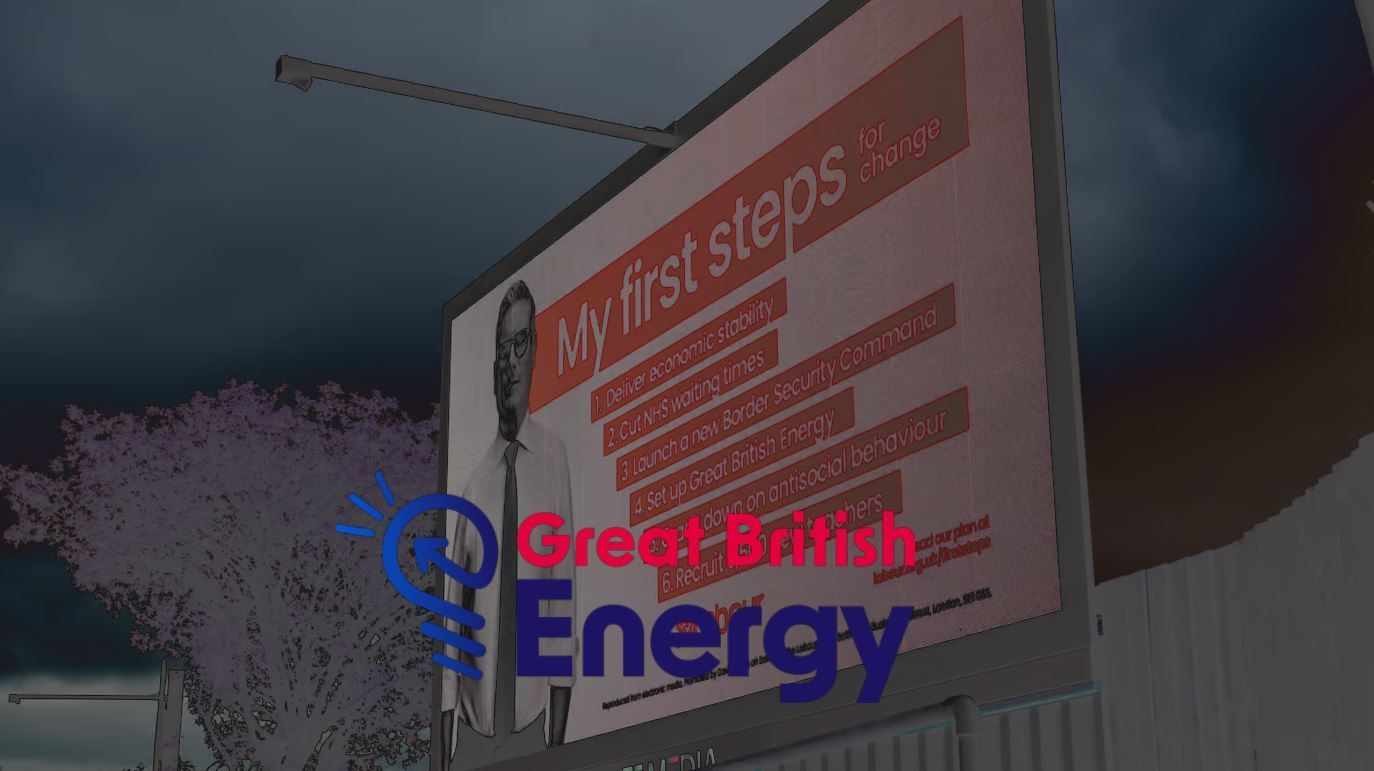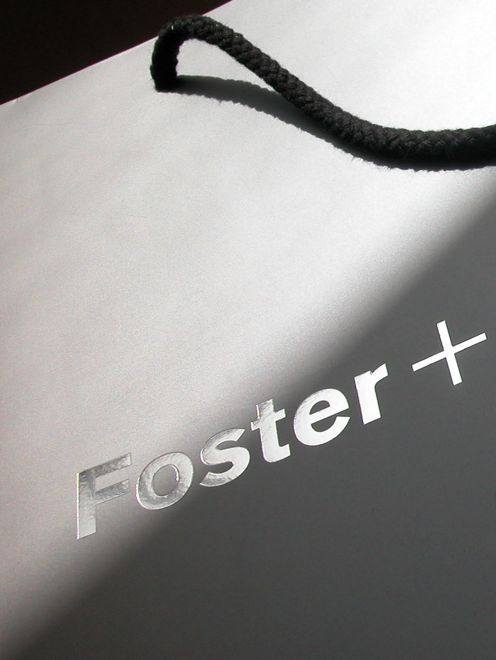The Vinyl Vibe - How London's Signage Scene Got Its Cool Factor
The 1950s Vinyl Graphic Movement
As we delve into the past, we'll discover how this iconic medium has been shaping the city's visual identity for decades. It all began in the mid-20th century, when innovative technologies and materials burst onto the scene. One of the earliest forms of vinyl lettering in London emerged in the 1950s, with the introduction of non-reflective lettering using solvent or heat-activated adhesives. This groundbreaking development paved the way for the creation of signage and graphics that were more durable and versatile than ever before.
Fast-forward to the 1960s and 1970s, and we find ourselves in the midst of a golden era for
vinyl lettering in London. The city's signage and graphics industry was hooked on the medium, thanks to its ease of use, cost-effectiveness, and ability to produce high-quality graphics.
Vinyl lettering was used for everything from shop signs and
vehicle graphics to large-scale advertising campaigns.
But the 1980s and 1990s brought even more excitement to the world of vinyl lettering. Advances in technology led to the development of new types of vinyl, such as reflective and fluorescent vinyl. These innovations opened up a world of possibilities for signage and graphics, allowing designers to get creative and push the boundaries of what was possible.
Today, vinyl lettering remains a popular choice for signage and graphics in London, with a wide range of applications including shop signs, vehicle graphics, window displays, and wall murals.
Its enduring popularity can be attributed to its versatility, durability, and cost-effectiveness, as well as the vast array of colors and finishes available.
As we look back on the history of vinyl logos in London, it's clear that this iconic medium has played a significant role in shaping the city's visual identity. From its early beginnings in the 1950s to the present day, vinyl lettering has been a driving force behind the city's signage and graphics industry.
